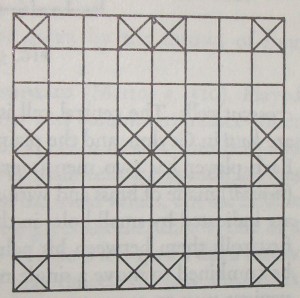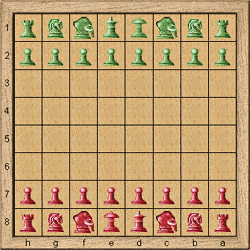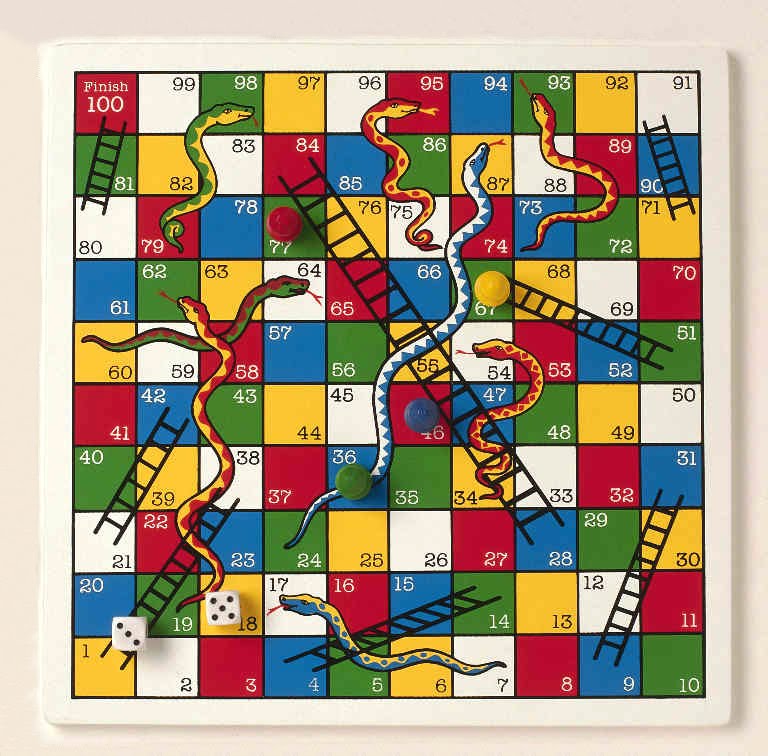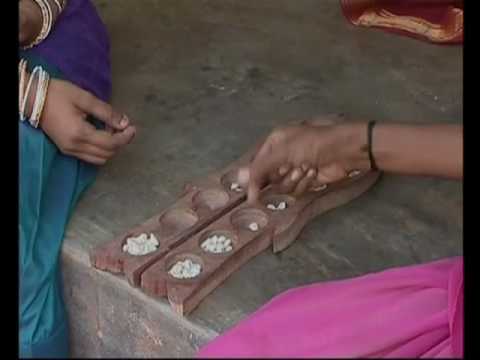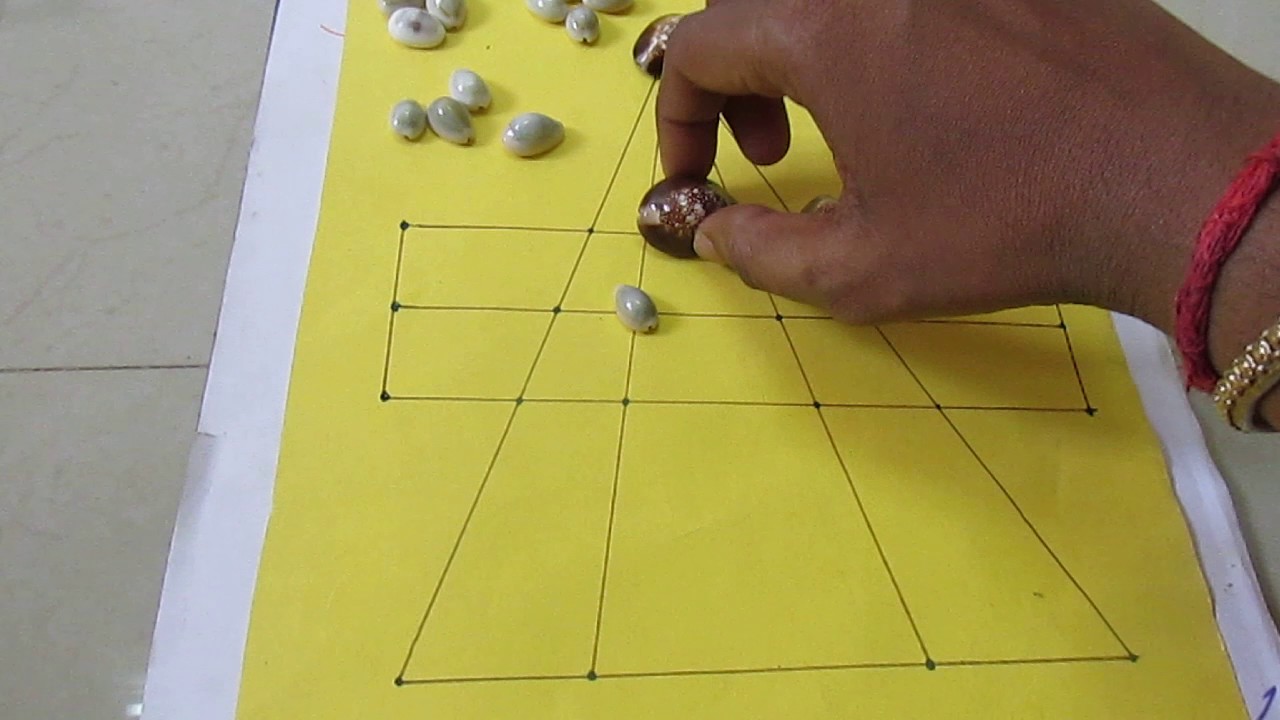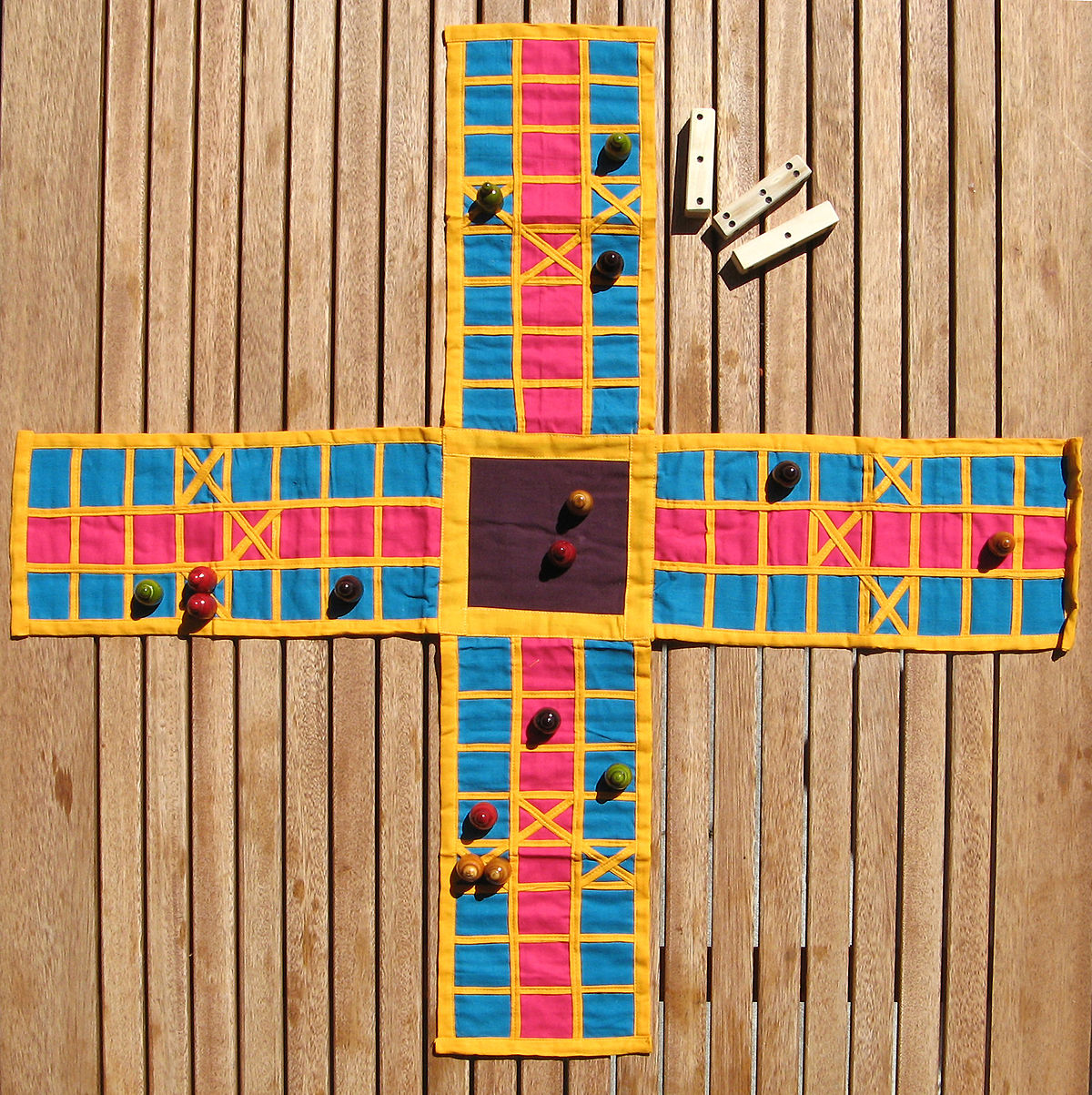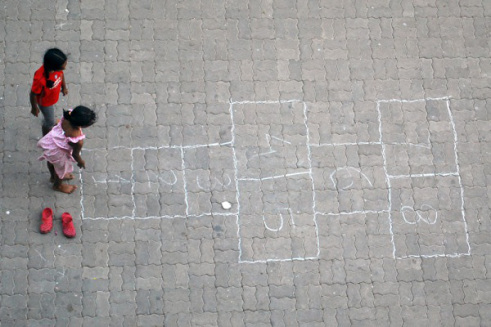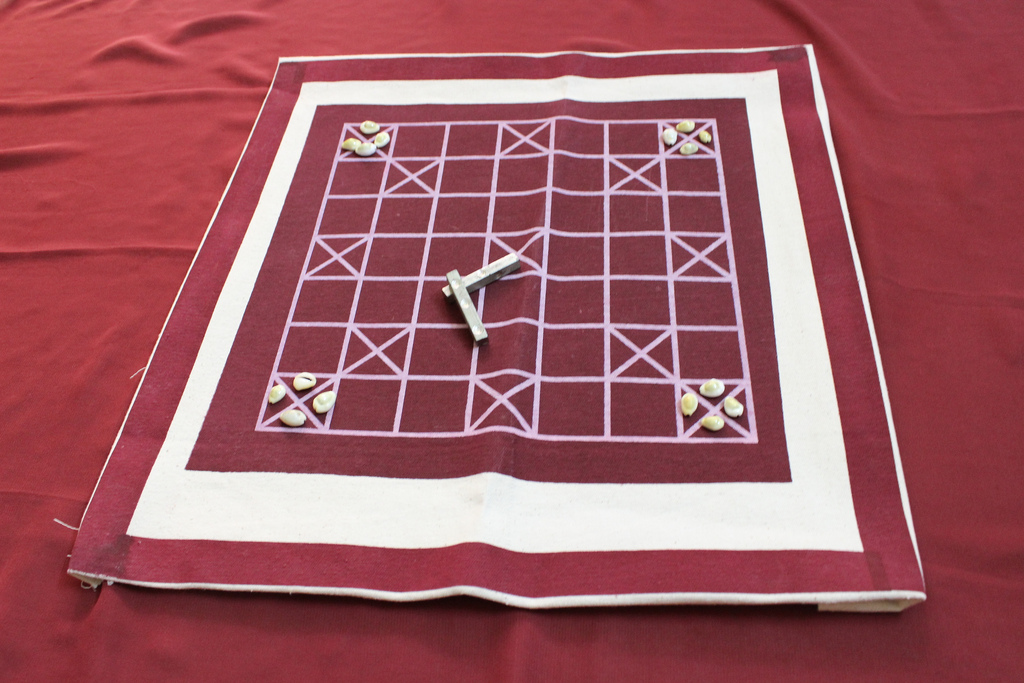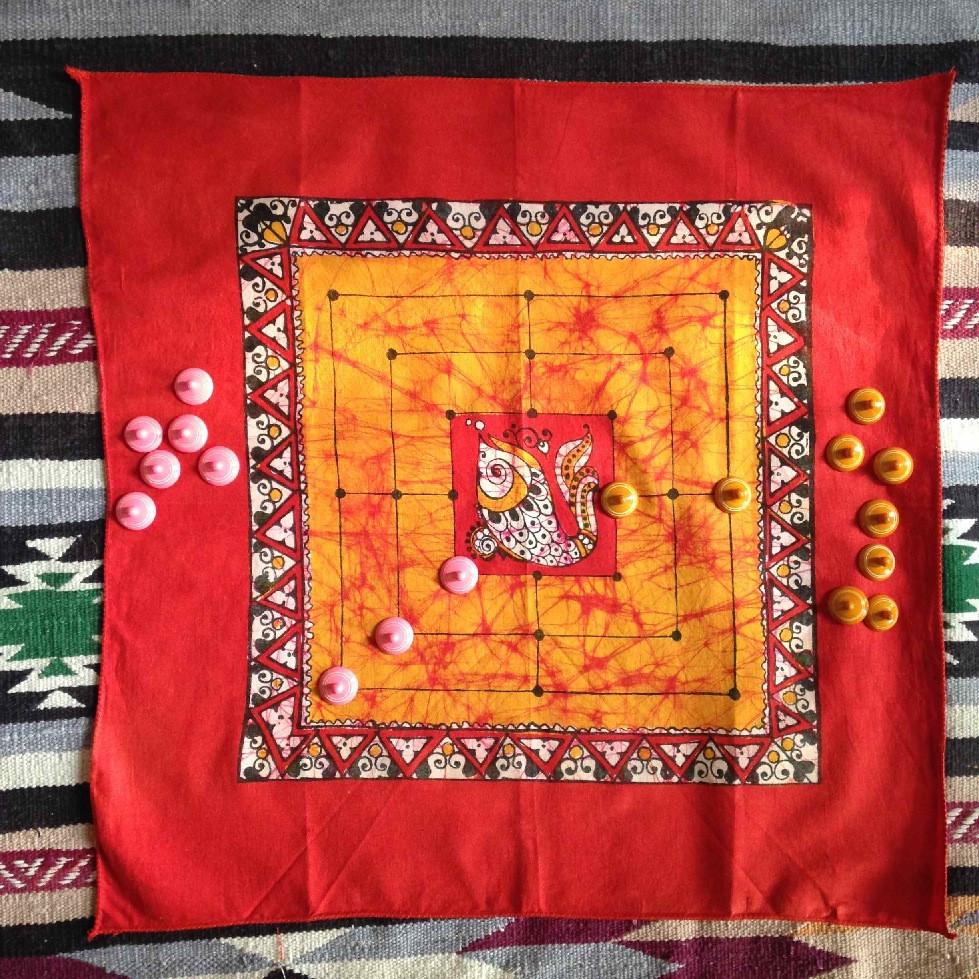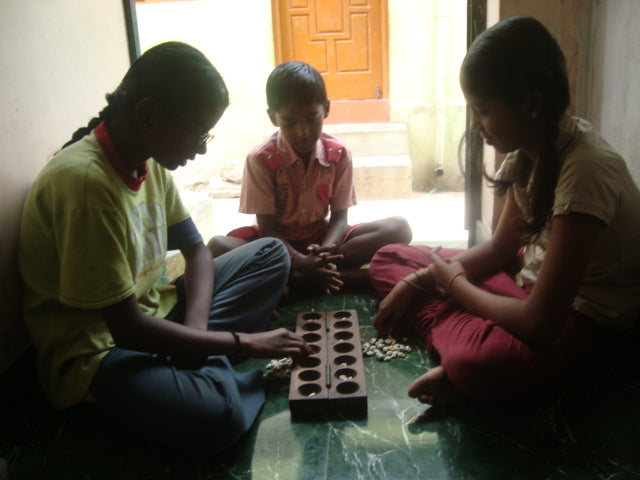
10 Traditional Games from India: Get Ready for some Indoor Board and Strategy Games!
Share
Looking for traditional games and board games from India? Here are 10 traditional games from India. Get ready for some fun with indoor board and strategy games!
I am an ardent fan of Pallankuzhi, the traditional Indian board game. I got introduced to the game when i was 8 years old and would play for hours together during the summer holidays.
Recently, I saw Mancala Boardgame at a shop and got reminded of Pallankuzhi. Come to think of it, how many such board games have faded away! I wish to revive some games and memories through this post. I would also recommend these beautiful board games that we created from scratch at Toka Box!
Ashtapada
Like a chess board, the Ashtapada board is divided into an eight-by-eight grid of squares, although they are all the same color. The board has special markings known as "castles", where pieces are safe from being captured or removed from play when mating with an opponent. Each player receives an even number of pieces to play the game. The goal is to move a piece around the board clockwise, entering the castle, and to regain his castle back in a counterclockwise direction so as to make it reach the center. A variant played on a larger ten-by-ten board is known as Dasapada
Chaturanga
Chaturanga, or
Moksha Patam (Snakes and Ladders)
Moksha Patam or Parama Padam Or Gyan Chauper is a dice board game from ancient India, popularly known as Snakes and Ladders. It was from India that it spread to the rest of the world. It was a very popular game to be played its main purpose was not only entertainment but also to teach morality. The central concept is liberation from
Pallankuzhi
It is a traditional ancient Tamil mancala game played in South India especially Tamil Nadu. Later, the games were spread to other States \ Countries like Karnataka, Andhra Pradesh and Kerala, Sri Lanka and Malaysia. Variants are called
Pallankuzhi is played on a rectangular board with 2 rows and 7 columns. There are a total of 14 cups (
Aadu puli aatam
Lambs and Tigers Game locally referred as "Meka puli
The game is asymmetric in that one player controls three tigers and the other player controls up to 15 lambs/goats. The
Pachisi
It is a cross and circle board game that originated in ancient India. Pachisi has been described as the "national game of India". It is played on a board shaped like a symmetrical cross. A player's pieces move around the board based upon a throw of six or seven cowrie shells, with the number of shells resting with aperture upwards indicating the number of spaces to move.
The name of the game is derived from the Hindi word
Pachisi is a game for two, three, or four players. The players are split into
Pandi Attam (Hopscotch)
Nondi or Pandi Attam is a very funny hopping game played by the girls in many rural villages of Tamil Nadu. It is known as Tokkudu Billa/Tangidi Billa in Andra Pradesh and Kunte Bille in Karnataka. It is played by the girls in many villages, even today. A popular playground game in which players toss a small object into numbered spaces of a pattern of rectangles outlined on the ground and then hop or jump through the spaces to retrieve the object.
Dayakattai
It is a dice game played by 2 or 4 players. It originated in Tamil Nadu (a southern state of India) and is comparable to another dice game from the country called Pachisi. There are many types of Dayakattai. The word Daya is
Chauka Bara
It is one of the oldest board games of India that is still played in some parts of the country. It is known as Chowka Bara in Mysuru and as Chakaara or Chakka in north Karnataka. This game is similar to ludo and can be played by 4 players. It is a game of chance that is played with cowry shells (called
Saalu Mane Ata
Saalu Mane Ata or

